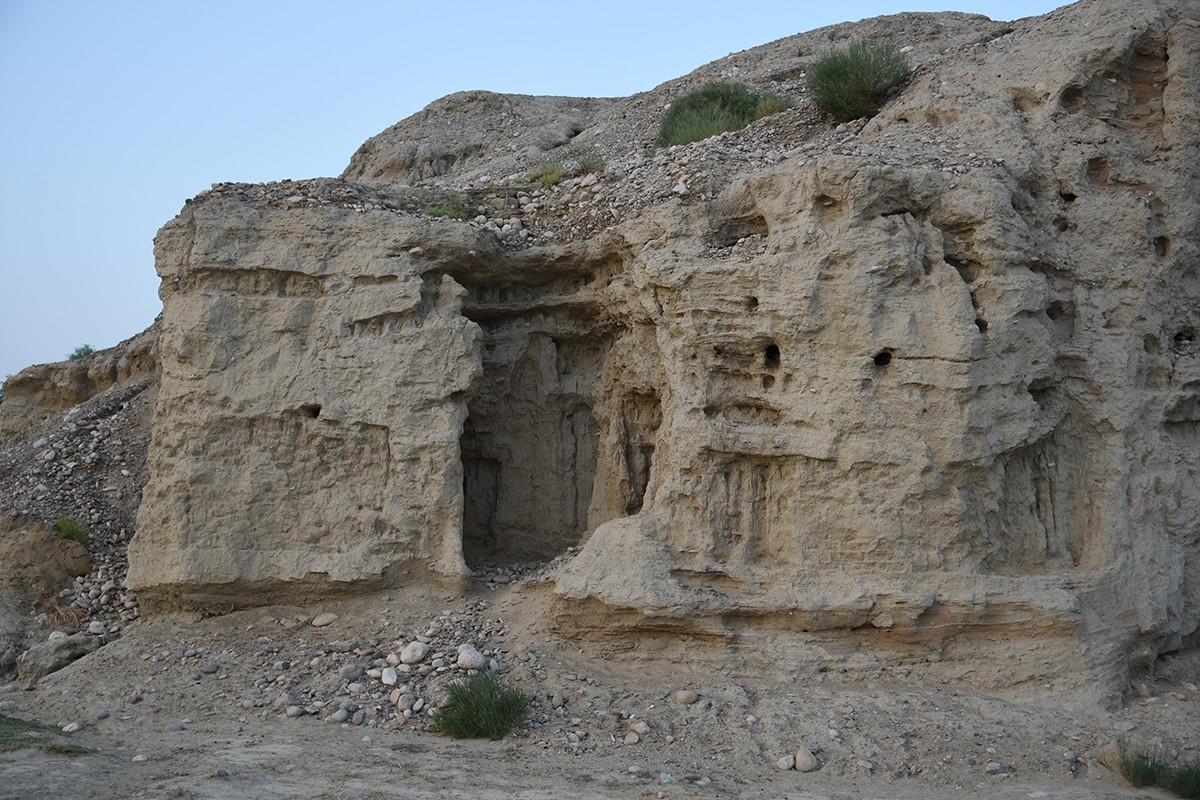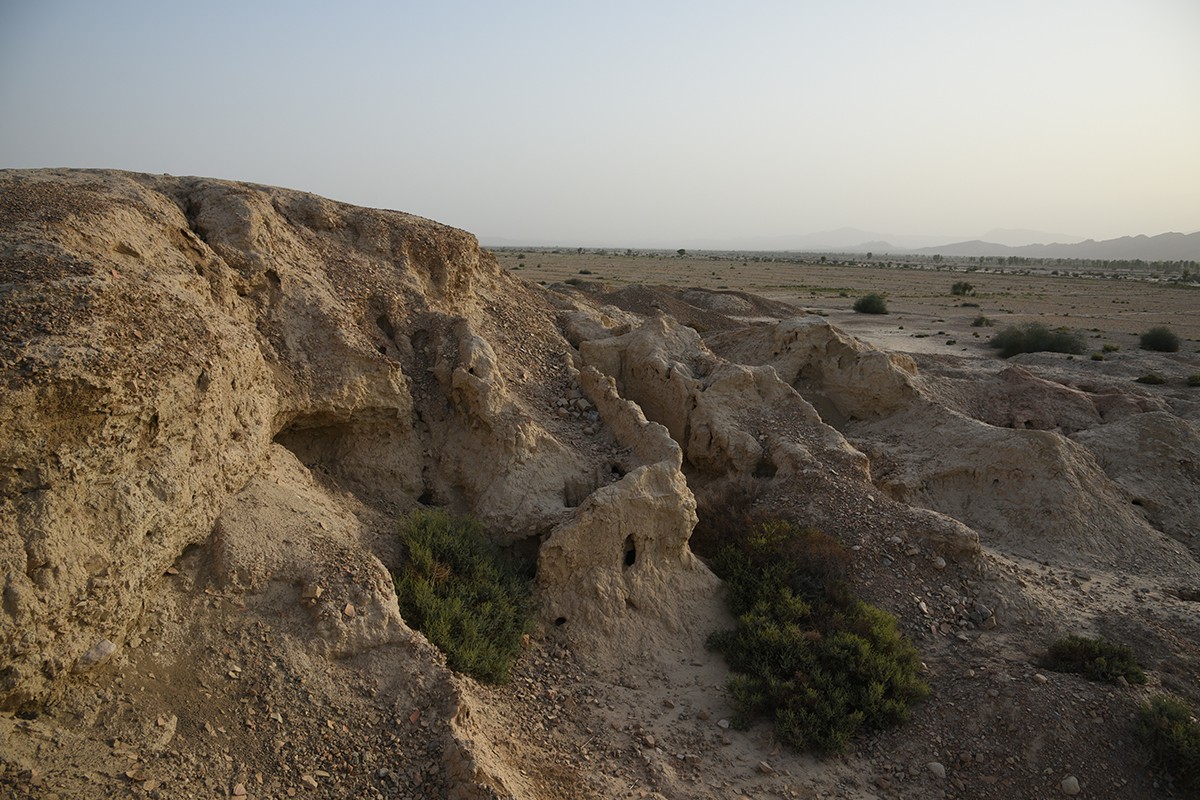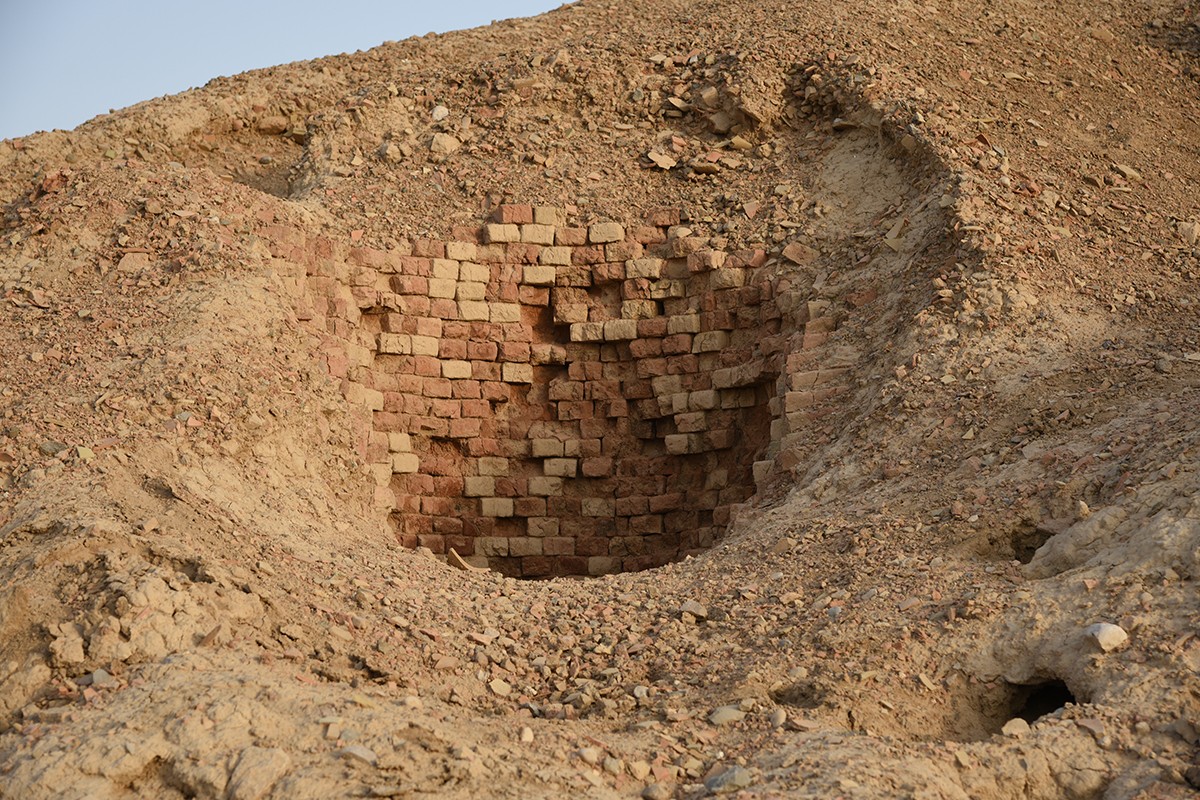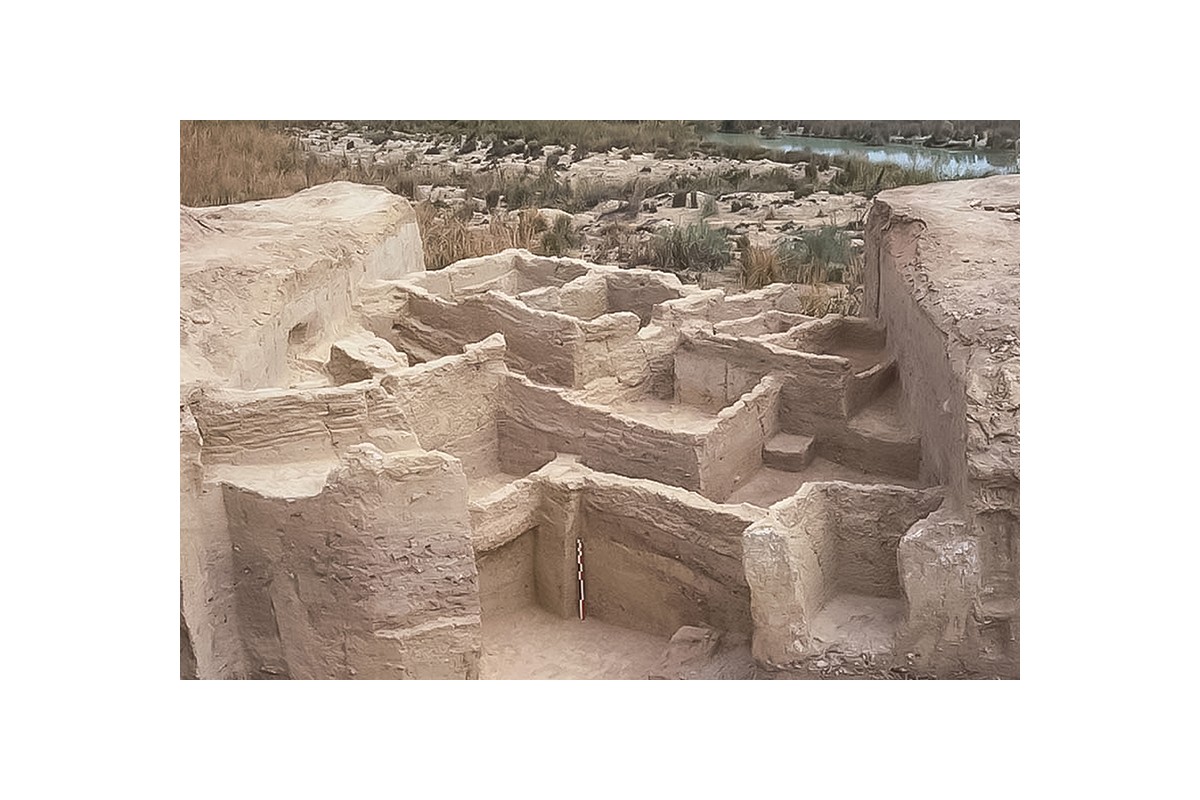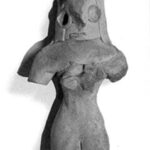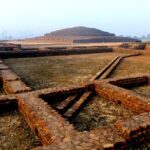Early Settlements in South Asia
7000 BCE
Permanent settlements emerge in the archaeological record, such as Bhirrana (7570–6200 BCE) in present-day Fatehabad district, Haryana, which is the site of the oldest known pottery culture in the subcontinent; and Mehrgarh (7000–2500 BCE) in present-day Balochistan, Pakistan. These societies produce clay pottery and ornaments made from lapis lazuli, steatite, bone, limestone and sandstone. Similar settlements are also founded along the Vindhya ranges and Mahagara near present-day Prayagraj, Uttar Pradesh. The latter is the site of black, white and red patterned pottery production with nets and cords. The turn towards agriculture at these sites coincides with some of the earliest forms of urbanisation and settlements in the Indus Valley, between 4500–3000 BCE.
Bibliography
Coningham, Robin and Ruth Young. The Archaeology of South Asia: From the Indus to Asoka, C. 6500 BCE-200 CE. Cambridge: Cambridge University Press, 2015.
Dua, Rohan. “Haryana’s Bhirrana Oldest Harappan site, Rakhigarhi Asia’s Largest: ASI.” Times of India, April 15, 2015. https://timesofindia.indiatimes.com/city/chandigarh/Haryanas-Bhirrana-oldest-Harappan-site-Rakhigarhi-Asias-largest-ASI/articleshow/46926693.cms.
Wright, Elizabeth, and Catarina Ginja. Cattle and People: Interdisciplinary Approaches to an Ancient Relationship. Columbus, GA: Lockwood Press, 2022.
Coningham, Robin and Ruth Young. The Archaeology of South Asia: From the Indus to Asoka, C. 6500 BCE-200 CE. Cambridge University Press, 2015.
Dua, Rohan. “Haryana’s Bhirrana oldest Harappan site, Rakhigarhi Asia’s largest: ASI.” Times of India, April 15, 2015. Accessed August 4, 2022. https://timesofindia.indiatimes.com/toireporter/author-Rohan-Dua-479169717.cms .
Wright, Elizabeth and Catarina Ginja. Cattle and People: Interdisciplinary Approaches to an Ancient Relationship. Columbus, GA: Lockwood Press, 2022.
Feedback 
This entry appears in
Art in South Asia
Visit Timeline
Associated Timeline Events
First Published: March 11, 2024
Last Updated: July 2, 2024



